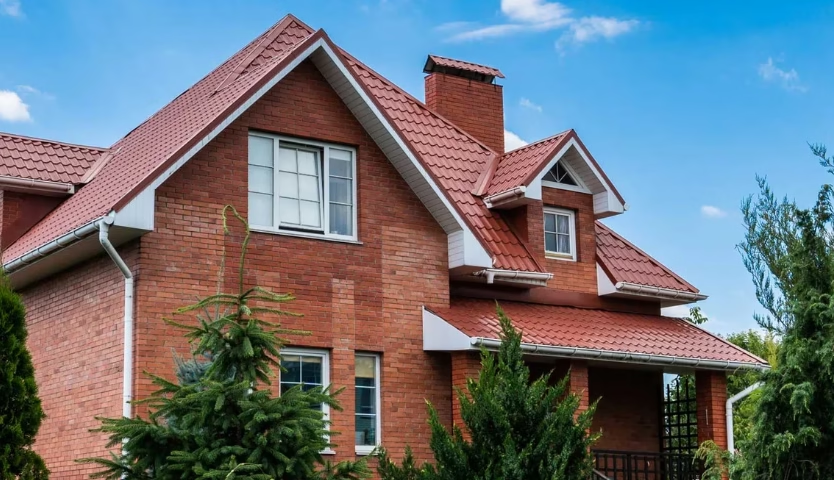Home construction is an exciting process whether you’re building your dream home from the ground up or renovating a property to suit your lifestyle. But in the midst of planning layouts, choosing finishes, and coordinating contractors, there’s one crucial health and safety concern that’s often overlooked: asbestos.
Asbestos is a naturally occurring mineral that was widely used in the Australian construction industry throughout the 20th century. It was favored for its durability, insulation properties, and resistance to fire and chemicals. Unfortunately, it was later discovered that asbestos fibres, when inhaled, can cause life-threatening diseases such as mesothelioma, lung cancer, and asbestosis. For this reason, asbestos was banned in Australia in 2003 but the risk remains in thousands of older homes and buildings across the country.
Where Asbestos Is Found in Older Homes
If your home was built before the 1990s, it may still contain asbestos-containing materials (ACMs). These materials are often found in:
Roofing sheets and shingles
External and internal wall cladding
Ceiling panels
Vinyl floor tiles and adhesive
Pipe insulation
Eaves and gables
Bathrooms, laundries, and kitchens (wet areas)
While asbestos is generally not dangerous when left undisturbed and in good condition, any construction activity like demolition, drilling, sanding, or cutting can release microscopic fibers into the air, creating a serious health hazard for workers and residents.
The Importance of Asbestos Inspection Before Construction
Before starting any renovation or demolition work on an older home, a licensed asbestos inspection is strongly recommended—and in many cases, legally required. This involves a thorough examination of all potential asbestos-containing materials by qualified professionals. If asbestos is found, a risk assessment and management plan will follow.
This step helps prevent contamination, ensures compliance with Australian laws (including those from SafeWork NSW), and protects everyone on site from accidental exposure.
Safe Removal Requires Licensed Professionals
Removing asbestos is not a DIY task. In fact, it’s illegal in most cases to remove more than 10 square meters of non-friable asbestos without a license in NSW. The removal and disposal process involves:
Sealing off the affected area
Wearing PPE (personal protective equipment)
Using specialized tools and techniques to prevent fibre release
Transporting and disposing of waste at EPA-approved facilities
This is why hiring a certified asbestos removalist Sydney professional is essential. They not only carry the appropriate licenses and equipment, but also understand how to manage risk, follow regulatory procedures, and provide post-removal clearance certificates giving you peace of mind that the site is safe for ongoing construction.
Planning for a Safer, Healthier Build
Whether you’re building a brand-new home or upgrading an old one, factoring in asbestos risk at the planning stage is a smart move. It allows you to:
Set realistic timelines
Budget for potential removal costs
Protect workers, family, and the community
Avoid delays due to non-compliance or emergency interventions
By prioritizing health and safety from the beginning, you lay a strong foundation not only for your structure but also for the wellbeing of everyone who enters it.
Final Thoughts
Asbestos is a hidden danger that should never be ignored in any home construction or renovation project, particularly in properties built before 1990. With the help of experienced professionals, you can identify and remove asbestos safely, legally, and efficiently clearing the way for a clean, modern, and secure home.
If you’re planning a project and unsure about asbestos, don’t take risks. Start with an inspection and consult an asbestos removalist Sydney specialist to keep your construction site safe and compliant.
Author: Jacob Kranewitter
AE Asbestos & Demolition provides expert demolition contractors in Sydney, specialising in asbestos removal and site clearing. We ensure the highest standards of safety, efficiency, and compliance. For more details visit: https://aedemolition.com.au/demolition/






